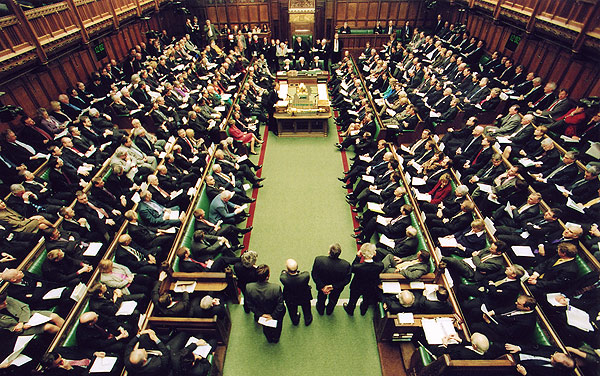
THE POLITICAL SYSTEM OF GREAT BRITAIN
Great Britain is a parliamentary monarchy. The highest organ of state power is the British Parliament. It consists of two Houses: the House of Lords and the House of Commons.
The House of Lords is hereditary, non-elected. Its members are peers, lords, bishops and archbishops. One-third of the Lords today are company directors. They include bankers and industrialists of all kinds. The Leader is the Lord Chancellor who sits upon the Woolsack, a large bag of wool covered with red cloth. It shows that wool made England rich.
The House of Commons is elected. It has 635 members with the Speaker at the head, whose duty is to keep order.
The Speaker is elected by all the members of the House of Commons. He belongs to one of the political parties, but he never votes with other members. However, when the votes are equal, he votes with the government.
All the state affairs are conducted in the name of the Queen. In law, the Queen of Great Britain is the head of the executive, the head of the judiciary and the commander-in-chief of all the armed forces of the Crown. Nobody but the Queen can summon the Parliament, or dissolve it. But, in fact, it is the Prime Minister who is the real ruler of the country. The Queen reigns but she doesn’t rule.
The Prime Minister is usually the leader of the party that has a majority in the House of Commons. He forms the Cabinet of Ministers and is its head. There are 20 ministers in the Cabinet. The Party, which obtains the majority of seats in the House of Commons, is called the Government. The second largest party in the House of Commons becomes the official opposition with its own leader and “Shadow Cabinet”.
The main political parties in England at present are: the Conservative (or Tory) and the Labour Party.

|